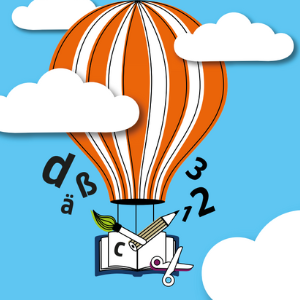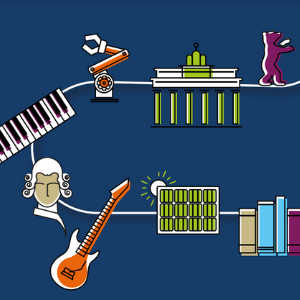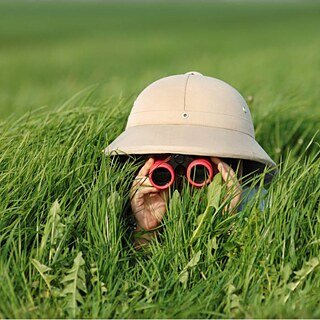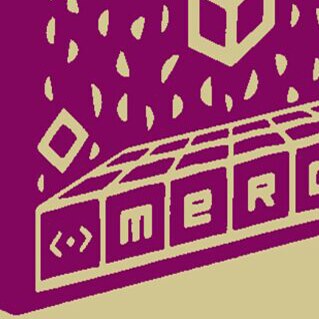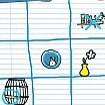
Show description in:
Chapter Kamishibai - Interactive storytelling
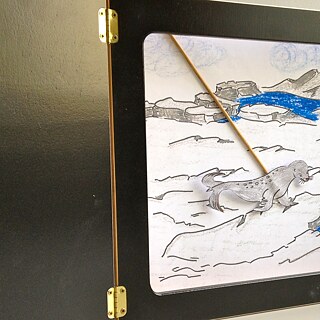

Description
Stories have been told for as long as there have been people. Kamishibai originated in Japan and was used by Buddhist monks as early as the 12th century. It means "paper theater" in Japanese.
Certain key elements of the story being told are depicted in the illustrations to facilitate understanding of the content and encourage active following of the story.
Kamishibai is still considered a popular storytelling form for educational purposes today.
The stories are used in kindergartens, schools and libraries to teach history, culture and languages to listeners in a fun way. The Kamishibai is very suitable and recommended for use in foreign language classes.The Kamishibai is a mobile medium and always finds its place wherever the audience gathers. A vividly told story, supplemented by theatrical elements and action-oriented, contributes to successful foreign language learning.
The Goethe-Institut Lithuania has equipped with Kamishibais all preschools and elementary schools participating in the project "German with Hans Hase" to support learning through play, so that children develop a positive attitude towards foreign language learning. In Lithuania, the company Žirafa.lt manufactures kamishibais from cardboard.
Do you know what Kamishibai is? Not yet? No problem! You can find out in our smartphone game. You control the movement of the cat with the arrows on the keyboard.
Also discover these two videos on how to use Kamishisbai in the classroom.
Principles of Kamishibai
Little Red Riding Hood
Certain key elements of the story being told are depicted in the illustrations to facilitate understanding of the content and encourage active following of the story.
Kamishibai is still considered a popular storytelling form for educational purposes today.
The stories are used in kindergartens, schools and libraries to teach history, culture and languages to listeners in a fun way. The Kamishibai is very suitable and recommended for use in foreign language classes.The Kamishibai is a mobile medium and always finds its place wherever the audience gathers. A vividly told story, supplemented by theatrical elements and action-oriented, contributes to successful foreign language learning.
The Goethe-Institut Lithuania has equipped with Kamishibais all preschools and elementary schools participating in the project "German with Hans Hase" to support learning through play, so that children develop a positive attitude towards foreign language learning. In Lithuania, the company Žirafa.lt manufactures kamishibais from cardboard.
A STORY FOR KAMISHIBAI
The competition of the Goethe-Institut Lithuania "A story for Kamishibai" combined art, literature and the German language. We invited preschool or elementary school children, as well as students from older classes learning German, to participate in the contest with the task of writing an exciting story for kamishibai and drawing pictures to go with it. The goal was to develop new teaching materials based on the concept of "children for children."Do you know what Kamishibai is? Not yet? No problem! You can find out in our smartphone game. You control the movement of the cat with the arrows on the keyboard.
Also discover these two videos on how to use Kamishisbai in the classroom.
Principles of Kamishibai
Little Red Riding Hood
Downloads
- eine-geschichte-fuer-das-kamishibai-der-geburtstag-de.pdf (PDF, 0.73 MB)
- eine-geschichte-fuer-das-kamishibai-der-raeuber-hotzenplotz-und-die-kaffeemuehle-de.pdf (PDF, 0.94 MB)
- eine-geschichte-fuer-das-kamishibai-die-hilfe.pdf (PDF, 0.31 MB)
- eine-geschichte-fuer-das-kamishibai-sankt-martin-de.pdf (PDF, 0.57 MB)
- eine-geschichte-fuer-kamishibai-bilder.jpg (JPG, 22.46 KB)
Part of:


